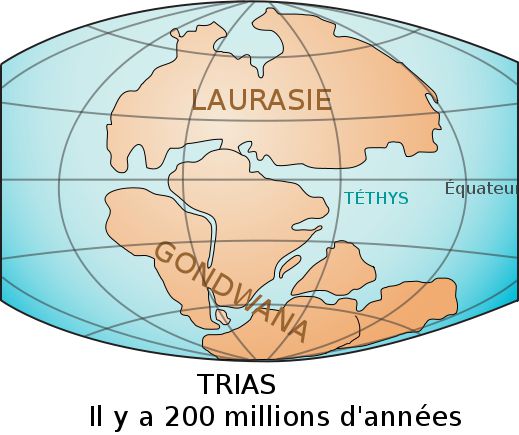-
 Ping
Ping
-
 Diatomite
Diatomite
-
 Gulf Stream
Gulf Stream
-
 Autosome
Autosome
-
 Bit-map
Bit-map
-
 Condyle
Condyle
-
 Melanopsin
Melanopsin
-
 Polymer
Polymer
-
 Sarcopterygii
Sarcopterygii
-
 Common broom
Common broom
-
 Invertebrate
Invertebrate
-
 xDSL
xDSL
-
 Chemical dam
Chemical dam
-
 Anaemia
Anaemia
-
 CET Time
CET Time
-
 Pre-combustion separation of CO2
Pre-combustion separation of CO2
-
 Solenodon
Solenodon
-
 Acceleration of the expansion of the universe
Acceleration of the expansion of the universe
-
 Geometric coordinates
Geometric coordinates
-
 Proto-oncogene
Proto-oncogene
-
 Cyberspace
Cyberspace
-
 Axolemma
Axolemma
-
 Metal
Metal
-
 Shuttering panel
Shuttering panel
-
 Osterrite
Osterrite
-
 Mineral variety
Mineral variety
-
 Global energy balance
Global energy balance
-
 Skylab
Skylab
-
 Autopsy
Autopsy
-
 Twilight
Twilight
Gondwana
Gondwana was a super-continent which broke up around 150 million years ago giving the continental blocks of Africa, Arabia, India, South America, the Antarctic and Australia. Gondwana represents approximately one third of the continents of today and contains around 60% of world mineral resources.
Paleozoic evolution of Gondwana
During the Paleozoic era, the migration of Gondwana from the south Pole towards the north caused the closure of the Rheic ocean which separated Gondwana from the continental blocks of the northern hemisphere (Laurentia, Baltica, Siberia, Kazakhstan, Northern China etc.).
The collision of these two continental assemblies in the carboniferous period, followed by the resulting closure of the Ural in the Permian, led to the formation of a world supercontinent, Pangea, composed of Gondwana in the south and Laurasia in the north.
The dislocation of Gondwana
From the Jurassic period, Pangea, and consequently Gondwana, fragmented land evolved towards the current configuration of the continents.
 Gondwana
Gondwana
Latest
Fill out my online form.



